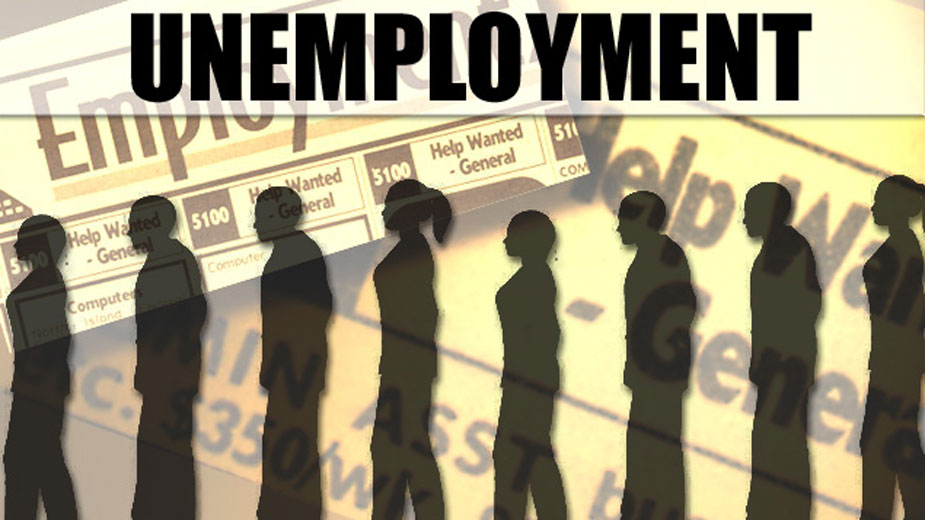Ohio Continued Jobless Claims Drop More Than 8,000
COLUMBUS, Ohio — The state saw a steep drop in continued jobless claims for the week ended Nov. 27, marking the third straight week in declines.
Ohio reported 32,134 continued jobless claims last week, which is down 8,265 from the week ended Nov. 20, according to data from the Department of Job and Family Services. It’s also the lowest it’s been over the last eight weeks – the DJFS reported 50,733 continued claims the week ended Oct. 9.
Initial jobless claims ticked up the week ended Nov. 27 to 7,519, up from 7,218 the week prior. Ohio reported 39,653 total claims for the week, which is down from the 47,617 total claims reported the week ended Nov. 20.
Ohio’s unemployment rate in October was 5.1% compared to the national rate of 4.6%. The state’s labor force participation rate for that month was 61.2%, compared to the national rate of 61.6%.
Pennsylvania reported 11,099 initial jobless claims for the week ended Nov. 20, the most recent data available, which is up from the 9,867 reported the week prior, according to the Center for Workforce Information & Analysis. The commonwealth also reported 110,504 continued jobless claims last week, which is up from 98,358 reported the week ended Nov. 13.
Nationally, the number of Americans applying for unemployment benefits rose last week even though the U.S. job market has been rebounding from last year’s coronavirus recession.
Jobless claims climbed by 28,000 to 222,000 from the previous week’s 52-year low 194,000, the Labor Department reported Thursday. The four-week average of claims, which smooths out week-to-week ups and downs, fell below 239,000, a pandemic low.
Since topping 900,000 in early January, the weekly applications — a proxy for layoffs — have been falling more or less steadily.
Overall, 2 million Americans were receiving traditional jobless benefits the week that ended Nov. 20, down by 107,000 from the week before.
Until Sept. 6, the federal government had supplemented state unemployment insurance programs by paying an extra payment of $300 a week and extending benefits to gig workers and to those who were out of work for six months or more. Including the federal programs, the number of Americans receiving some form of jobless aid peaked at more than 33 million in June 2020.
The job market has rebounded strongly since the spring of 2020 when the coronavirus pandemic forced businesses to close or cut hours and kept many Americans at home as a health precaution. In March and April last year, employers slashed more than 22 million jobs.
But government relief checks, super-low interest rates and the rollout of vaccines combined to give consumers the confidence and financial wherewithal to start spending again. Employers, scrambling to meet an unexpected surge in demand, have made 18 million new hires since April 2020, and the jobs report out Friday is expected to show that they added another 535,000 in November. Still, the United States remains 4 million short of the jobs it had in February 2020.
Companies now complain that they can’t find workers to fill job openings, a near-record 10.4 million in September. Workers, finding themselves with bargaining clout for the first time in decades, are becoming choosier about jobs; a record 4.4 million quit in September, a sign they have confidence in their ability to find something better.
Still, economists warn that that highly transmissible omicron variant could disrupt the economic rebound.
“Workers are in high demand and businesses are reluctant to reduce their workforce amid persisting shortages,” said Rubeela Farooqi, chief U.S. economist at High Frequency Economics. “Our base case was that supply (of workers) would gradually return as the cushion from savings diminished. However, renewed health concerns are a downside risk that may prevent people from returning to the workforce over coming months.”
The Associated Press contributed to this story.
Copyright 2024 The Business Journal, Youngstown, Ohio.



